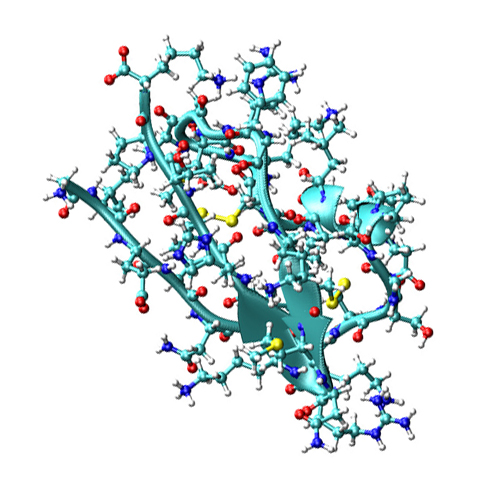Sensitivity of ab Initio vs Empirical Methods in Computing Structural Effects on NMR Chemical Shifts for the Example of Peptides
17-Dec-2013
J. Chem. Theory Comput., 2013, DOI: 10.1021/ct400713t, 10 (1), pp 122–133 published on 17.12.2013
The structural sensitivity of NMR chemical shifts as computed by quantum chemical methods is compared to a variety of empirical approaches for the example of a prototypical peptide, the 38-residue kaliotoxin KTX comprising 573 atoms. Despite the simplicity of empirical chemical shift prediction programs, the agreement with experimental results is rather good, underlining their usefulness. However, we show in our present work that they are highly insensitive to structural changes, which renders their use for validating predicted structures questionable. In contrast, quantum chemical methods show the expected high sensitivity to structural and electronic changes. This appears to be independent of the quantum chemical approach or the inclusion of solvent effects. For the latter, explicit solvent simulations with increasing number of snapshots were performed for two conformers of an eight amino acid sequence. In conclusion, the empirical approaches neither provide the expected magnitude nor the patterns of NMR chemical shifts determined by the clearly more costly ab initio methods upon structural changes. This restricts the use of empirical prediction programs in studies where peptide and protein structures are utilized for the NMR chemical shift evaluation such as in NMR refinement processes, structural model verifications, or calculations of NMR nuclear spin relaxation rates.











